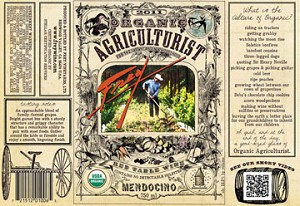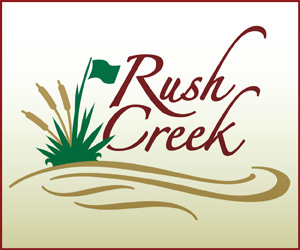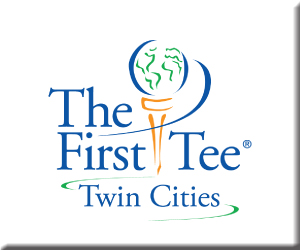Going Green
By Leslee Miller
Everywhere you turn these days, producers from every label are touting ‘organic’. From cereal to mac n cheese, wine, and into the world of liquor. But have we really ever stopped to think about what all of this labeling really means? In the world of wine, words like: organic, sustainable and biodynamic have been around for centuries. But in the United States, these words have really only started to sound more familiar in the last 10 years. First, let’s start by understanding the definition of each of the practices. We must also understand that the U.S. government regulates only the use of the term ‘organic’, but by law ‘sustainable’ and ‘biodynamic’ have no real legal definition. While there are states and organizations that have certified these farming practices, the United States does not recognize them as legal terms.
To begin, let’s talk ‘organic’. There are two ways that a wine may be labeled ‘organic’ in the U.S. One, grapes must be ‘organically grown’. This means that farmers must use biological products to protect their crops. Green manures, organic composts and cover crops (IE: oats, rye grain, fava beans and often times, different types of peas) are familiar ways to farm organically. At no point can synthetic fertilizers and pesticides, plant growth regulators and livestock feed additives be used. Secondly, a wine may also be labeled ‘organic’ if it is made with organic grapes but also ‘made organically’. This step prohibits the winery from using sulfites and does not allow the facility to use fining agents and yeasts that are not organic as well. To clarify, sulfites are a bi-product of every fermentation process. If a winery is not ‘allowed’ to add sulfites, which acts as a preservative and a hygienic for the wine, then the wine itself is technically not very shelf stable. Most wineries bottle with organic grapes, but often do not move to this second step of ‘organic’ because of this liability. If the wine is certified ‘organic’ either by its winemaking process or simply by its farming practices alone, the wine label will state in either direction. For instance: ‘made with organically farmed grapes’ or ‘wine organically made’.
Next, sustainability. There are a number of organizations nationally that have led the way for sustainability in the United States. From Washington and Oregon’s LIVE program, which helps to promote healthy farming communities by protecting wildlife and biodiversity within its areas to the west coast’s SALMON SAFE program which manages healthy water management within our natural streams and water sources – the programs for sustainability run a mile long within the wine community. Know that most wineries that choose to farm sustainably also most likely practice organically and biodynamically, but without ‘certifying’ as such allows them more room to farm their plot of land the way they are able to afford, without strict government guidelines. How to know if your wine is sustainable? Check the back of the bottle for a stamp from these organizations: SIP certified, Certified California Sustainable, Sustainable Winegrowing New Zealand, etc.
Biodynamic culture may be the hardest to explain, at the same time, one of the easiest to digest. Biodynamics was actually invented by a German scientist by the name of Rudolf Steiner in 1924 after studying the impact of industrialization on his community. Look at it this way, biodynamic practice moves one step above and beyond organic. While pesticides, fertilizers and more are still prohibited in this practice, farming and winemaking follow a system very similar to the Farmer’s Almanac, following planting and harvesting advice based on the biorhythms of the earth’s movement, astrological data and weather history. From soil prep to herbal teas, biodynamic culture carefully protects and grows wines that are not only ‘organic’ but absolutely ensures that the wine is grown to its healthiest state of maturity regarding the vines’ position, soil and environment. How do you know your wine is certified ‘biodynamic’? Look for the Demeter Certified Biodynamic symbol.
In the end, how does this affect the wine you are drinking? One, it has always been my viewpoint to consume food products from a source that stated where they were grown. Shouldn’t the same be said for your wine? The difference between sustainable and organic in many situations, depending upon your producer, should be fairly minimal if the farmer is truly conscious of his/her farming environment. However, if you question it, reach for organic. The tricky part? Many parts of Europe have been farming organically for centuries! Yet, the difference between them and us, is the fact that we (the U.S.) have made it a business via the USDA. Note that many of the EU wines you’ve consumed have most likely been farmed ‘organically’ since their inception. As for biodynamic? Well, that’s why they call it ‘Voodoo Vintning’. In my opinion, yes, I think biodynamic wines taste distinctly cleaner, livelier and more vibrant. But, that’s because I have seen biodynamic culture work up close with wineries and I believe in it in every sense of the word. Yet others will say, ‘that’s for you to decide’. Either way, know that you can’t go wrong by picking up a wine label that reads any one of the words: sustainable, organic, biodynamic, knowing that a farmer took more time to plant, tend and grow his/her crop more conscientious than the next. Pick one up for yourself and give it a try!






























